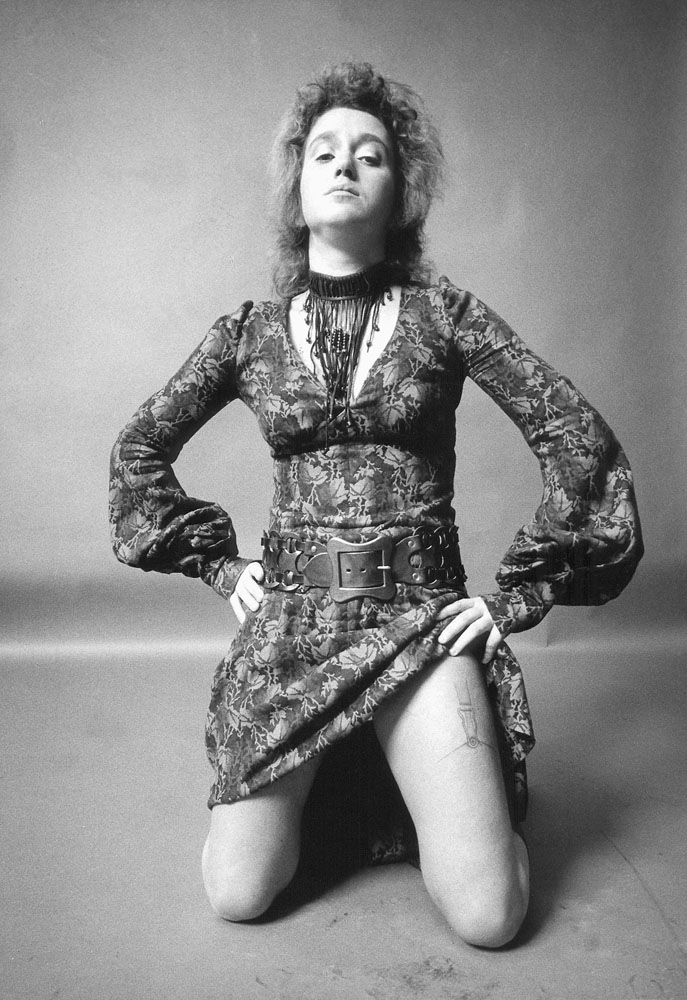
On 2 July 1970, on a public stage in Frankfurt the artist VALIE EXPORT tattooed herself with a garter, a radical transgression of gender stereotypes—given that at the time tattoos were seen as the exclusive purview of men, especially convicts and sailors—but also a case of taking the use of her own body to the extreme, as the artistic action that became a permanent part of her body that would last her whole life long.
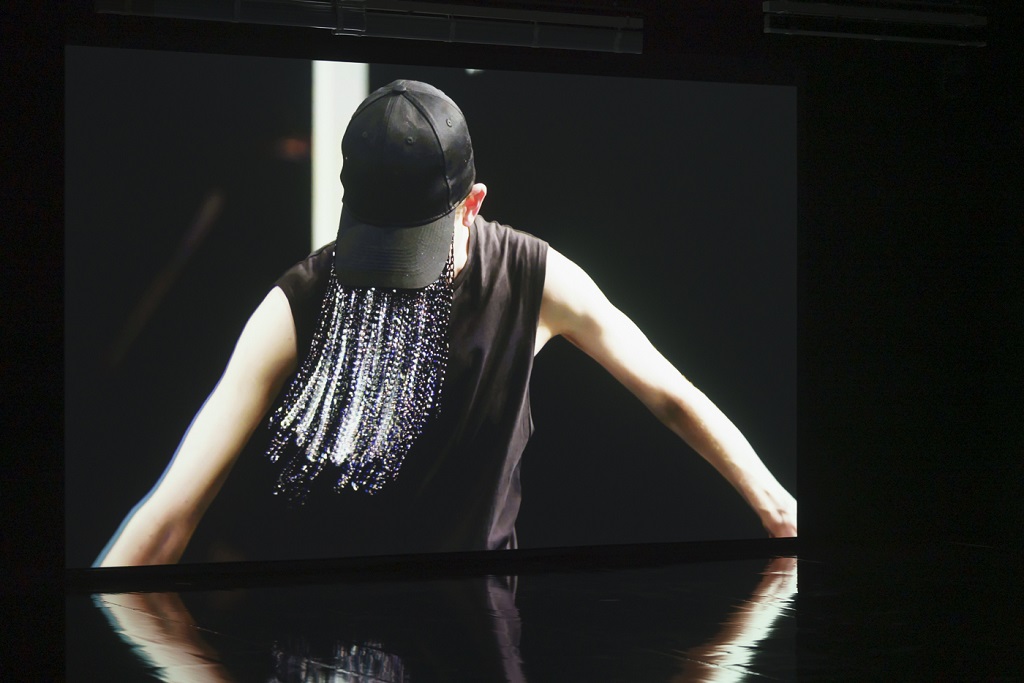
Can moving arms, legs, hair be inspiring for a movement, a coming uprising for more joyful and equal ways of living together? Engaged with the precarious moment of taking the stage—a moment which allows for one’s visibility while at the same time disclosing one’s fragility—Portrait of a Movement addresses questions of pleasure, power, and radical difference. Two large film installations form the core of the exhibition: while engaging with dance movements and artistic collaborations, they explore abstraction’s potential for resistance in the face of reactionary politics.
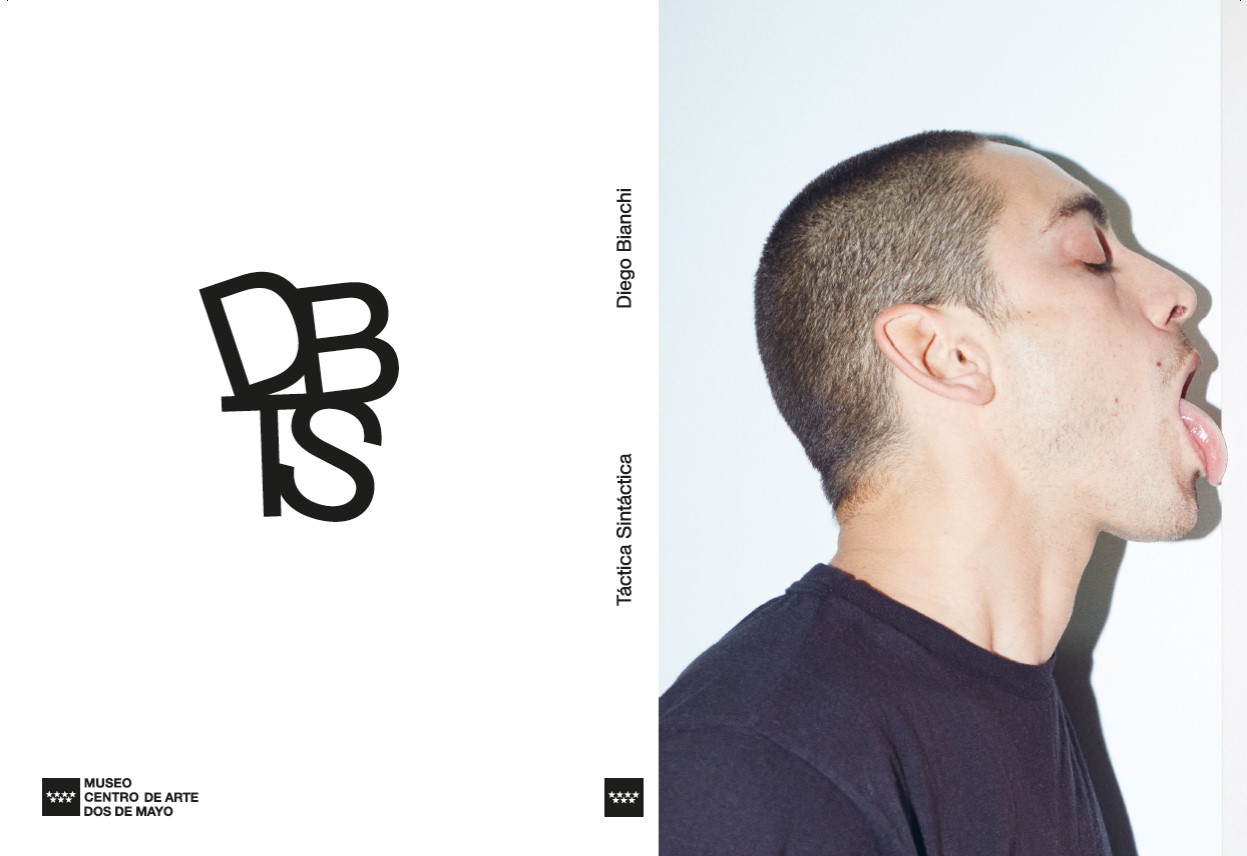
Renato Mauricio Fumero, Isabel de Naverán and Diego Vecchio have been invited to write a series of texts. In keeping with the spirit of the collection as a whole, we have included a story by Lynne Tillman starring Madame Realism.
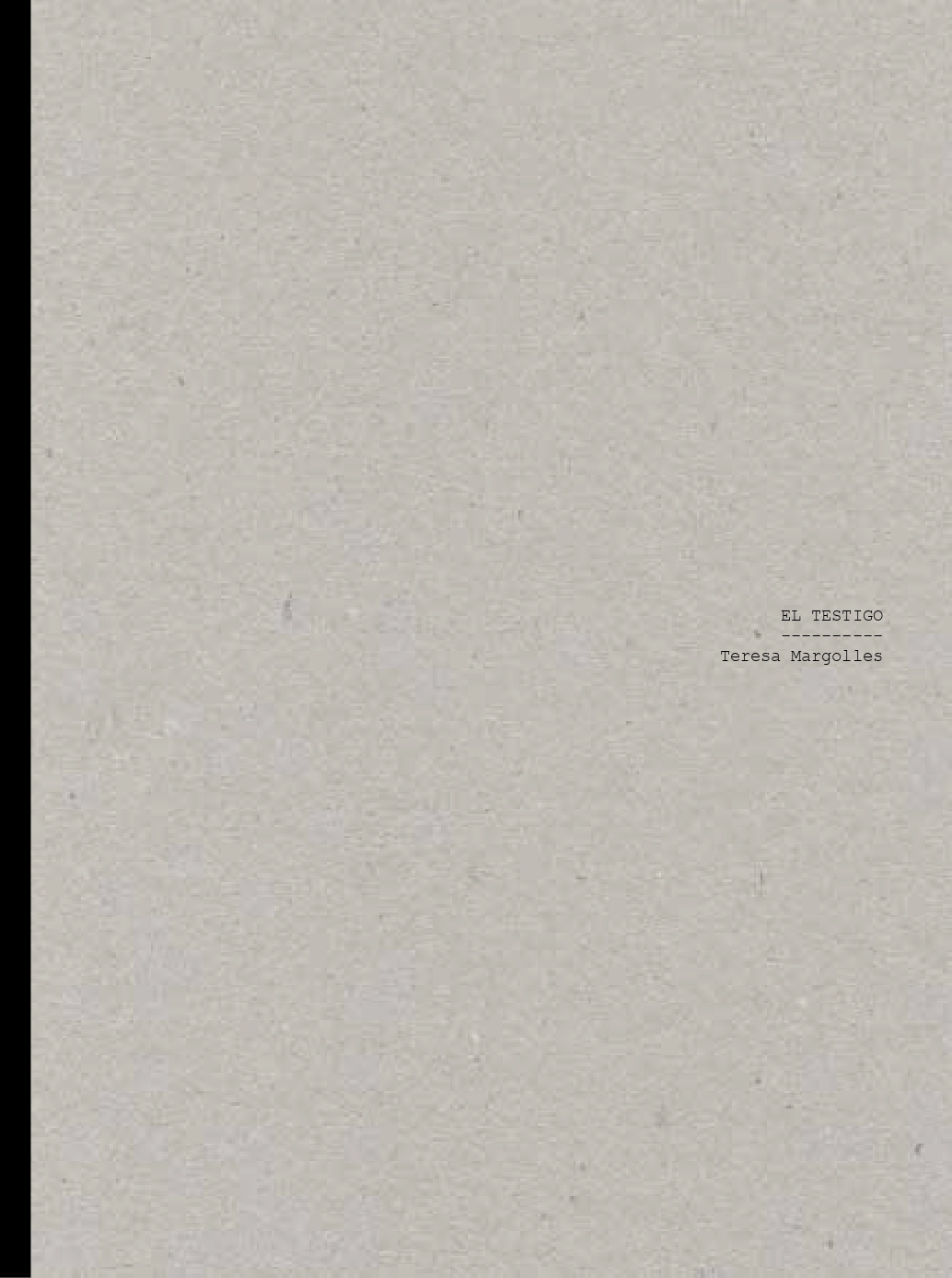
The Witness is the title of Teresa Margolles’ exhibition at the CA2M MUSEUM, curated by María Inés Rodríguez. The exhibition provides an overview of her recent work via a series of work produced over the last five years. It sends us on a circular path, both real and figurative, that loops around the recent history of Ciudad Juárez.
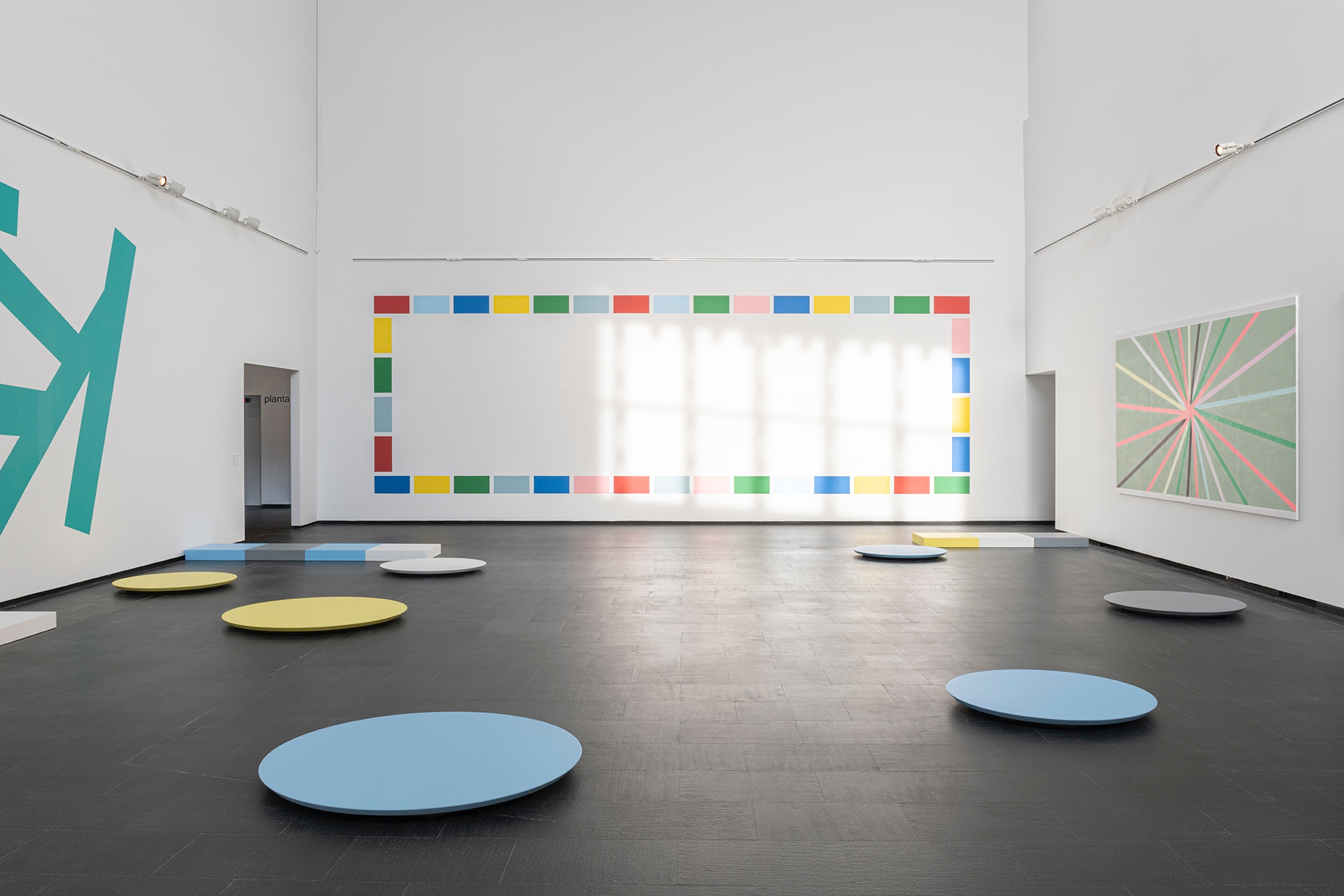
Mitsuo Miura arrived to Barcelona from Japan in 1966 with a suitcase in either hand and just a bare few words of Spanish. Armed with his oriental tempo, he sat down on a bench in Plaza de Cataluña to watch how this city by the sea passed by. Ever since, the young Japanese artist never stopped observing each and every one of the landscapes in which his personal life experiences have been played out. And so we could view his exhibitions as invitations to contemplation and displacement, almost always related with wellbeing, memory and pleasure.
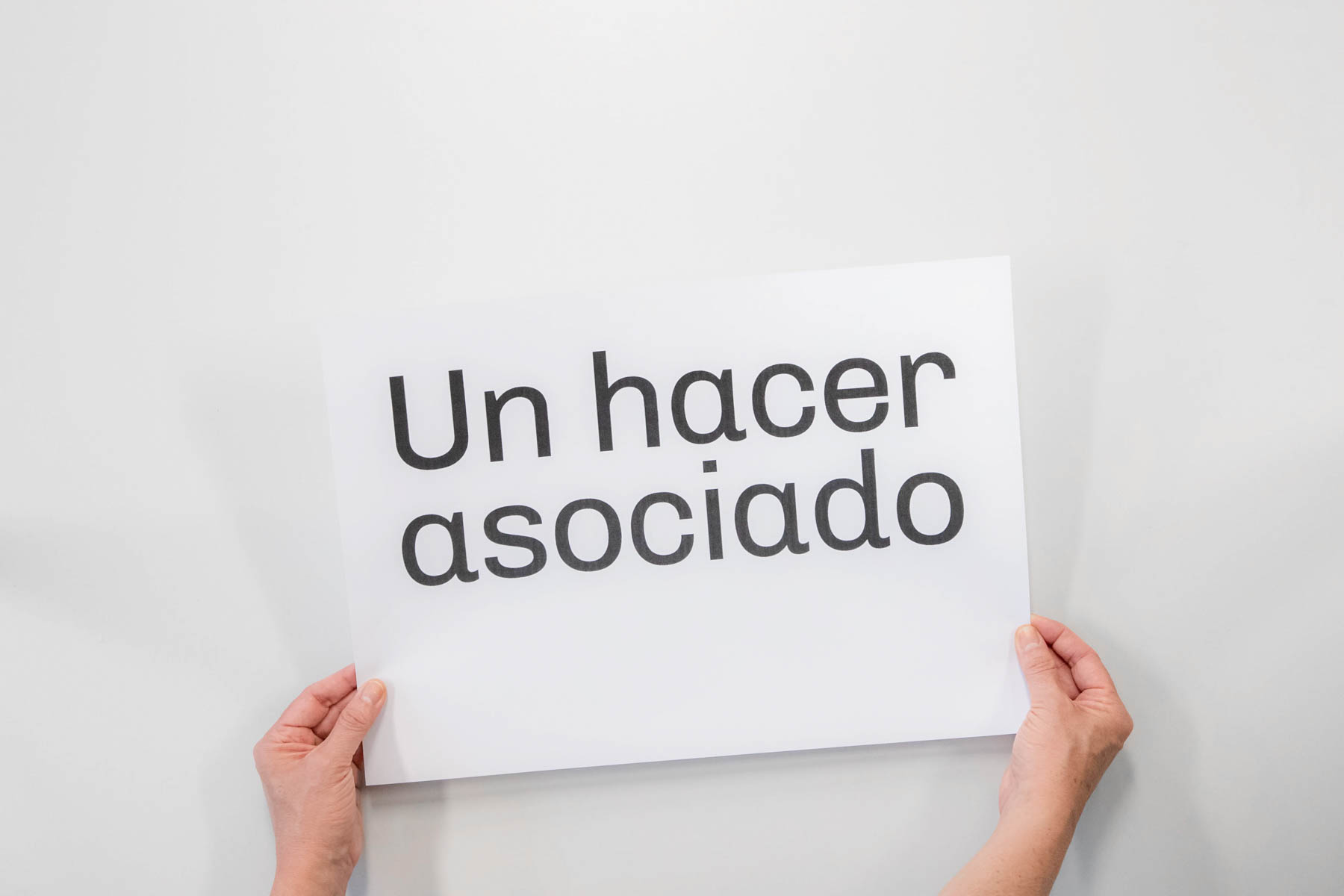
To celebrate International Museum Day, CA2M has come up with a new way of activating its collection and making it more widely accessible.
“ASSOCIATED MAKING. ASSEMBLY KIT OF PIECES FROM THE CA2M COLLECTION” is a curatorial programme by Marta Ramos-Yzquierdo that views the exhibition as an open, imaginative and surprising reflection in which artists, institutions and audiences can collectively rethink our contemporaneity.

The exhibition Portrait of a Movement. Renate Lorenz & Pauline Boudry, is accompanied by a retrospective publication that offers an in-depth exploration – in a joint work by Övül Öof – of the artistic and theoretical vocabularies by Boudry/Lorenz. Durmusoglu and Boudry/Lorenz, with texts by Élisabeth Lebovici, Amelia Groom, Ana Janevski, Rindon Johnson, Pablo Lafuente, Miguel A. López, Mason Leaver-Yap, Irene Revell, Mayra Rodríguez Castro and Yolande Zola Zoli van der Heide.
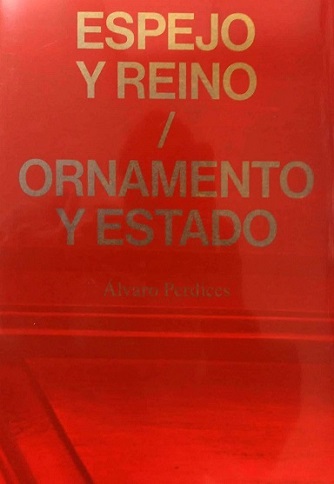
This book, which accompanies the exhibition, is centred on three bodies of work. The first is a compilation of photographs that the artist Álvaro Perdices took while the Army Museum’s headquarters in the Salón de Reinos building in Madrid was being dismantled, and which forms a kind of archive around which the exhibition revolves. The second section unfolds and expands with the written word. For the third, the photographer Manolo Laguillo captured images of the installation inside the room. It includes texts by Juan Herreros, María Virginia Jaua, María Dolores Jiménez-Blanco, Álvaro Perdices and Manuel Segade.